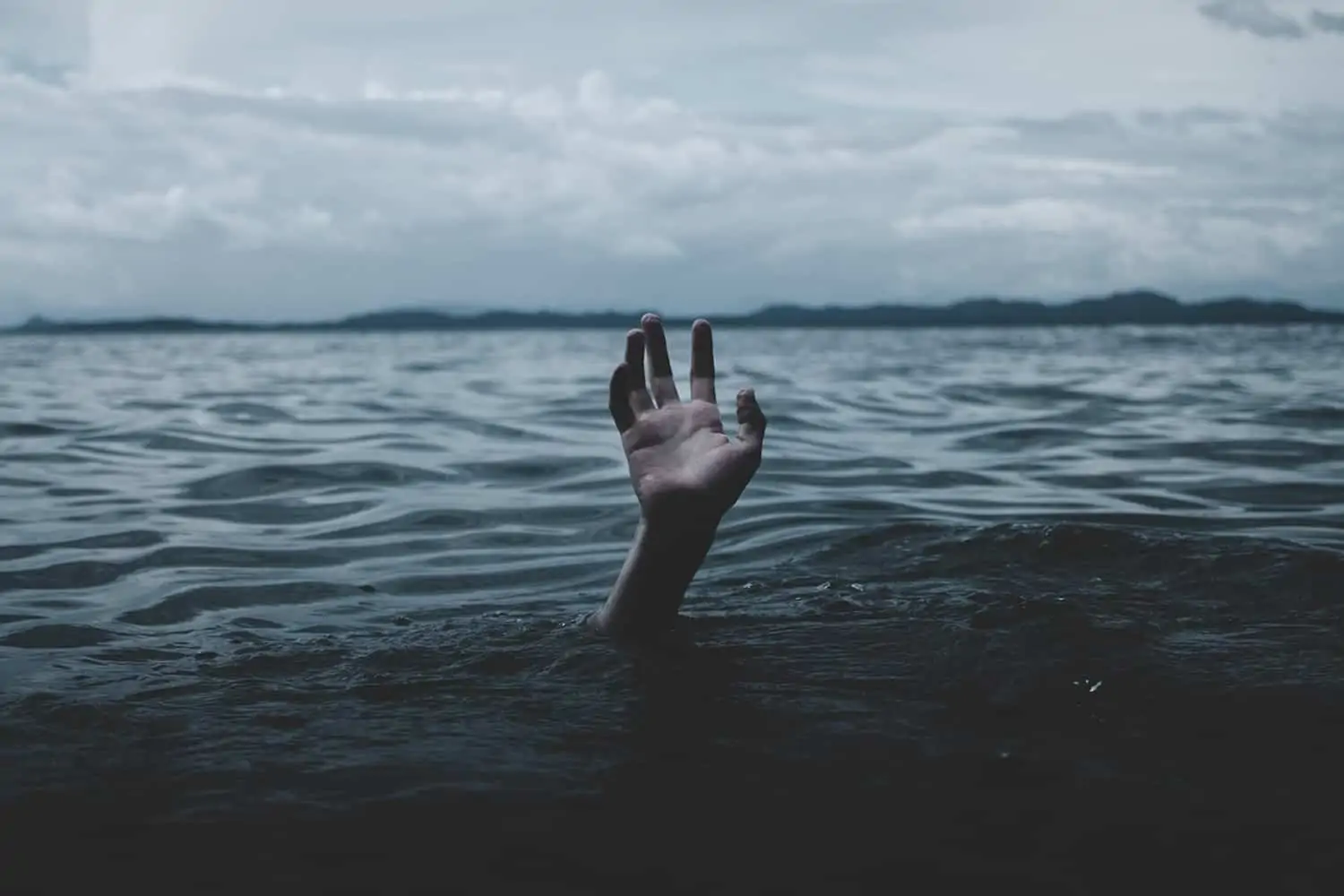According to the Western Cape Government, drowning is the fifth leading cause of accidental death in the country. And as adults, we should know what steps to take to avoid our children becoming in danger of drowning. As well as be aware of what to do in the event that it does happen.
Dry Drowning vs Secondary Drowning
Not all drownings happen in the same way. In fact, someone, especially a child who may be unaware of what is occurring, can experience secondary or delayed drowning hours after the body has actually taken on water. This delayed drowning happens when water enters the lungs, causing inflammation of the small air sacs within. The swelling then prevents oxygen from entering the bloodstream, resulting in a lack of oxygen being delivered to the brain.
Dry drowning is when water does not quite reach the lungs. But is inhaled through the air passages causing the vocal cords to go into a spasm. When these vocal cords don’t relax the airways become blocked. This is something that occurs especially if the person is in a state of panic. In fact, a state of panic could cause it all to happen even faster. Making it possible for a person to drown within 20 seconds.
How to Minimise the Risk for Your Children
Children are especially at risk of drowning. They have a tendency to be less aware of their surroundings and the consequences involved in some actions. Plus, many of the younger groups cannot swim or are less practiced at it. So as adults we need to keep an eye on the little ones, as well as teach them as much as we can about water safety.
- Make sure that your child is always supervised by a responsible and informed adult when they are in and around water.
- If your child has any condition that could increase their risk of danger, such as epilepsy, be especially vigilant around water.
- Educate them about water and, if by the beach, especially about ocean currents and rip tides.
- Teach them to swim at every chance you get. Maybe even take them to classes.
- Learn cardiopulmonary resuscitation (CPR). This could go a long way to help prevent drowning from becoming fatal.
- Be prepared for an emergency. Have an idea of the course of action you need to take in the event of drowning occurring. Know the appropriate emergency numbers o have them on hand.
How to Know When a Child is in Danger of Drowning
Children may not always know how to signal properly when there is trouble. And in some instances, they may not even be able to call for help should they need it. So be vigilant of them and watch out for any of these signs:
- The child appears to be gasping for air.
- Their head is tilted back and the mouth is open.
- They look as though they are trying to swim in a direction but not making progress.
